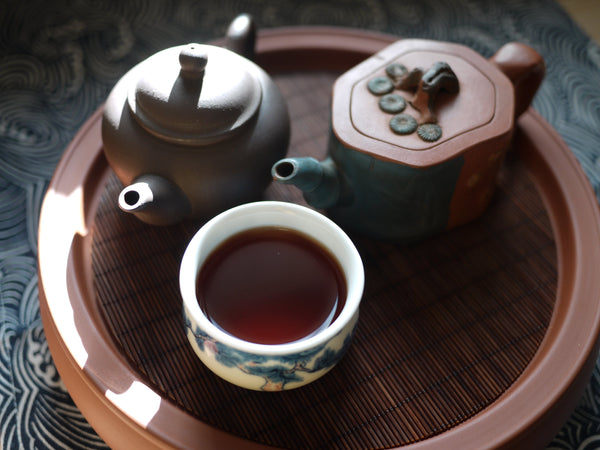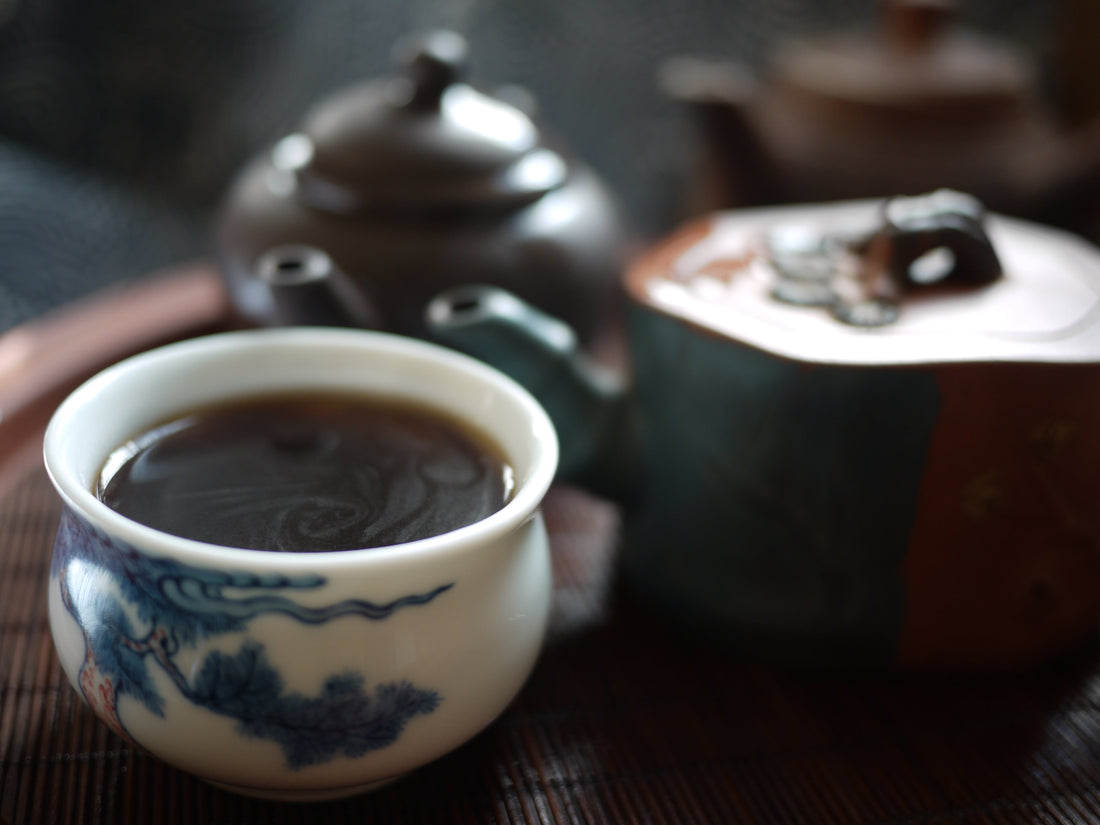
Meng Hai Tea Factory cooked puerh - from standard to classism
Share
When it comes time to drink or talk cooked, shou or fully-fermented puerh tea, there is a recurrence and it is Meng Hai. Not just the area but also the famous tea factory baring the same name: Meng Hai Tea Factory.
Today's cup of tea, a 1996 Meng Hai Tea Factory Grade 3 loose cooked puerh, will be perfect to experience what puerh connoisseurs called "Meng Hai flavor". It has been a while since I drank this tea and just the fragrance of the wet leaves are enough to reminds me of Master who has always been a fierce advocate of Meng Hai Tea Factory cooked tea and with good reason as he is one of the few to have tasted all of them since the 70's!
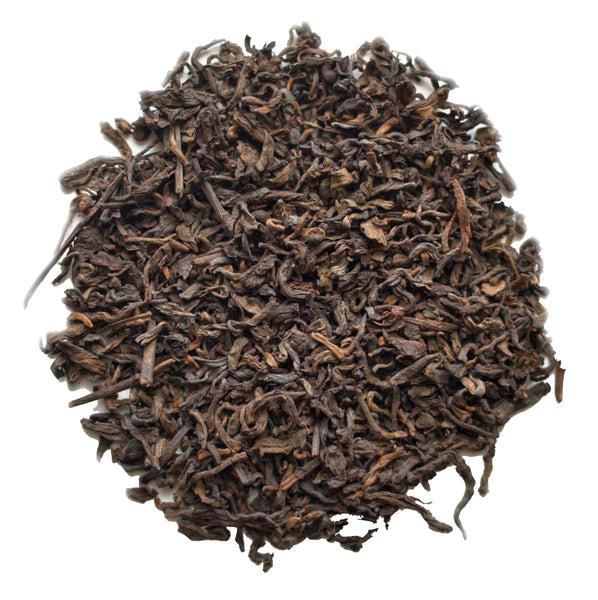
What is this Meng Hai flavor?
The term "Meng Hai flavor" originated in the late 1990s, initially used to specifically describe Puerh teas produced by the Meng Hai Tea Factory. Over time, it has evolved to encompass the distinctive quality attributes of high-grade cooked Puerh teas from the Meng Hai tea region becoming a specialized descriptor cherished by tea connoisseurs.
The emergence of the Meng Hai flavor is closely linked to advancements in cooked tea fermentation technology, which is intricately connected to the unique geographical environment and microbial community of the region. This results in a flavor profile that sets Meng Hai teas apart from those of other regions
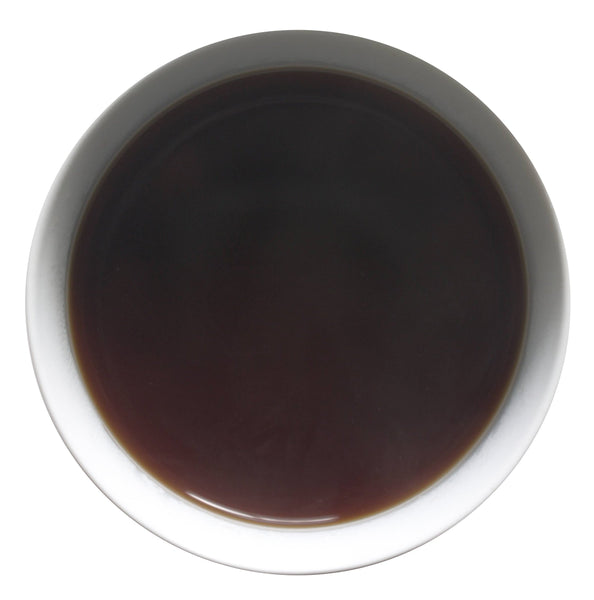
Characterized by its blend of fragrance, sweetness, richness, and mellowness, Meng Hai flavor holds different interpretations among enthusiasts. Some seasoned tea aficionados recall a subtle "seafood flavor" in Meng Hai teas of the past, attributed to the fermentation process, which matures into a nuanced aged aroma over time. For newer generations of tea enthusiasts, Meng Hai flavor serves as a foundational and benchmark taste in cooked teas.
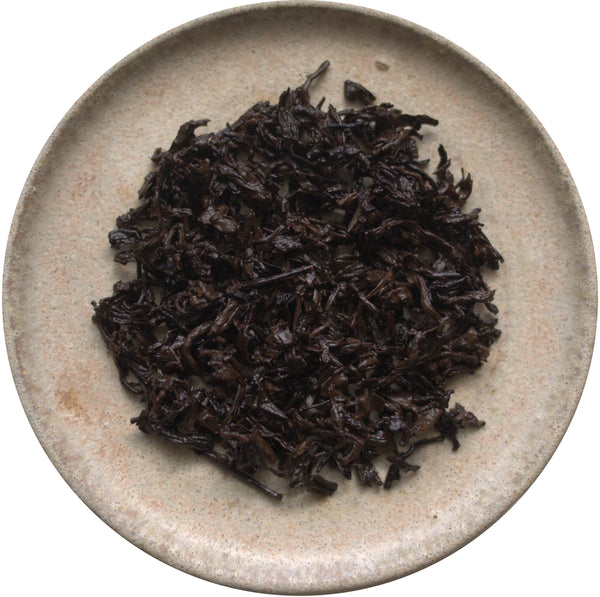
Tasting notes: 1996 Meng Hai Tea Factory Grade 5 Loose cooked
When wet, the tea leaves reveal depth, with notes reminiscent of wood, leather, and the scent of old books. The first infusion liquor is already deep which is typical to loose cooked puerh. Beautiful orange hue halo around the cup and we can see the clouds on the liquor. What we call clouds are in fact the steam that sticks to the surface and looks like clouds sticking to the liquor.
After a few infusions, the fragrance evolves around cereal shell, mushrooms and with a certain saline quality evoking the sea. This fragrance reminds me of the smell we can experience during low tide. After a while, the air that has been nourished by the let apparent rocks and algees carries a similar fragrance.
In mouth, the tea is thick, mellow, very well rounded with layers of nut, wax, and wood. We can feel a certain sweetness that got more obvious after a few brews. Past 10 brew, the wood aspect that took the lead beforehand is balanced with the saline quality that was found in the nose. Except that now, it is in the mouth. Finally, the tea tastes like it smells and we are only at the eleventh brew. It will give plenty more for sure.
A very digestible tea with a lovely length and a strong comforting attribute. This is a tea that any cooked puerh tea lover should try.
what to associate with this generous brew?
Just like this tea, the dish should be a rustic and comforting one. If you are in a Chinese mood, roasted goose is a good bet. However, we are talking Cantonese roasted goose, not Peking duck! And, if you are more in a european state of mind, a French bourguignon or an Italian brasato will work very well.
